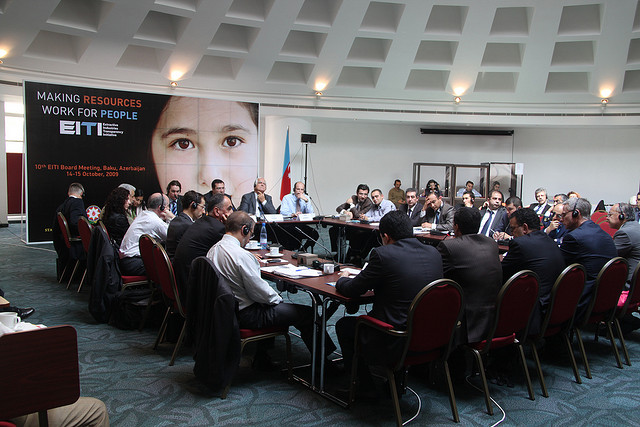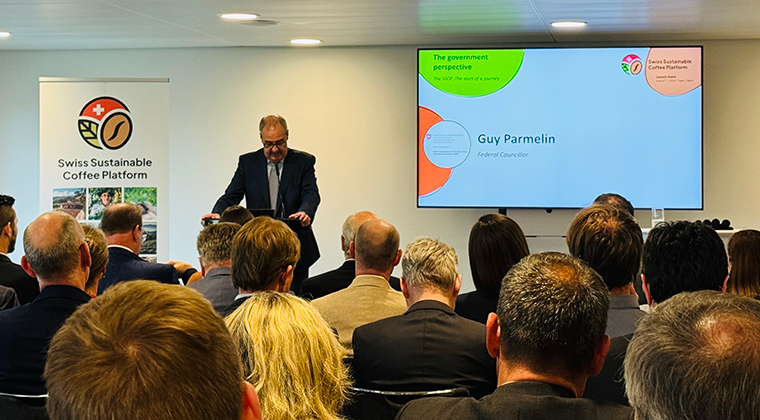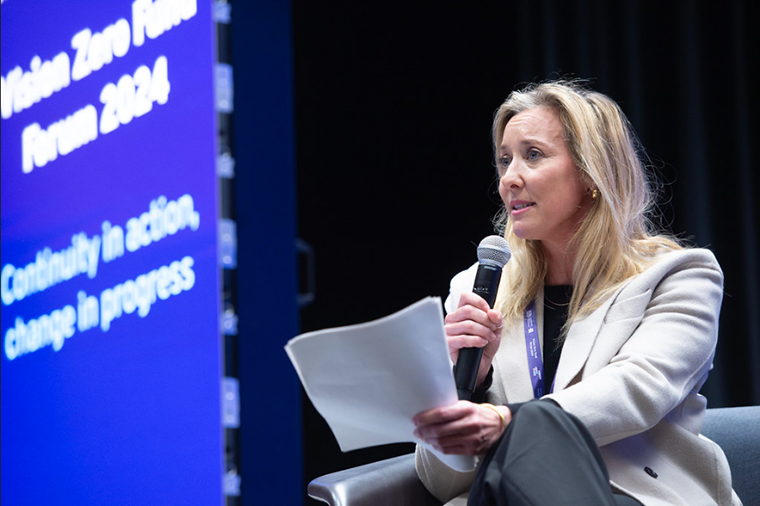Endangered Species: Multi-Stakeholder Initiatives in the Trump Administration

May 1, 2017
The Trump administration has signaled that the Multi-Stakeholder Initiative model will lose the government’s support. In early April, The New Yorker reported that the US might soon and silently leave the Extractives Industry Transparency Initiative (EITI), an initiative that has arguably made a significant contribution to the fight against some of the worst forms of corruption in the extractives sector.
In times of regulatory rollback, limited resources, and an ever-growing list of corporate human rights abuses, fine-tuning our understanding of private governance mechanisms is more important than ever. How can the experiment of regulation through MSIs be safeguarded from a premature death in a politically hostile environment?
The effectiveness of Multi-Stakeholder Initiatives (MSIs) has been subject of discussion since their inception. Critics have been weary of MSIs’ ability to address governance gaps through defining and enforcing clear and accountable standards when other regulatory mechanisms are not available.
To better understand which MSIs deserve support and what hinders some MSIs of providing effective regulation, it is important to understand the following three factors –
1. Form of MSIs
Despite the proliferation of initiatives that are labeled MSIs, there is currently no widely acknowledged definition of what constitutes an MSI. Most importantly, not all MSIs are indeed multi-stakeholder. Some organizations are clearly dominated by corporations that use the organization as a fig leaf to prevent government regulation. Others may include civil society actors in an advisory capacity but not include them in decision-making bodies. There are those that grant civil society actors same voting rights yet the civil society body is nevertheless only weakly represents the interests of affected communities. Informal power imbalances can never be fully ruled out in organizations with heterogeneous stakeholder interests. However, paying close attention to the governance model that an MSI has adopted is critical to rule out any formal power imbalances and to ensure equal participation rights for all stakeholders.
2. Function of MSIs
MSIs often fulfill very different functions and we see three distinct types. The first type focuses on dialogue and on best-practice sharing. The second type’s objective is certification of products, but not of business practices. The third type are human rights governance MSIs like the Fair Labor Association or the International Code of Conduct Association which have defined standards, monitoring instruments, and accountability mechanisms. It is this latter type that sets out to regulate company behavior. Developing criteria by which to identify the purpose of MSIs make it easier to determine which initiatives have the potential to fill governance gaps.
3. Funding of MSIs
In a recent research brief of our Center, we document the funding streams of prominent MSIs across sectors. We found that most MSIs operate on a shoestring budget, with inadequate financial or human resources to meet their declared objectives. MSIs need resources and capacity to implement the agreements and procedures that its members negotiate. Without, they will fall short of meeting their objectives and full potential.
MSIs typically emerged because of a lack of anything better and they have become the default response to crisis. While most MSIs in operation are far from perfect, their underlying model is promising.
Now that the prospect of governance regulation of human rights issues in the US has become less likely than ever, companies and civil society organizations should avoid cynicism and instead double-down on their engagement in human rights governance MSIs that are worthy of their name.
 Business & Human Rights Leadership
Business & Human Rights Leadership


